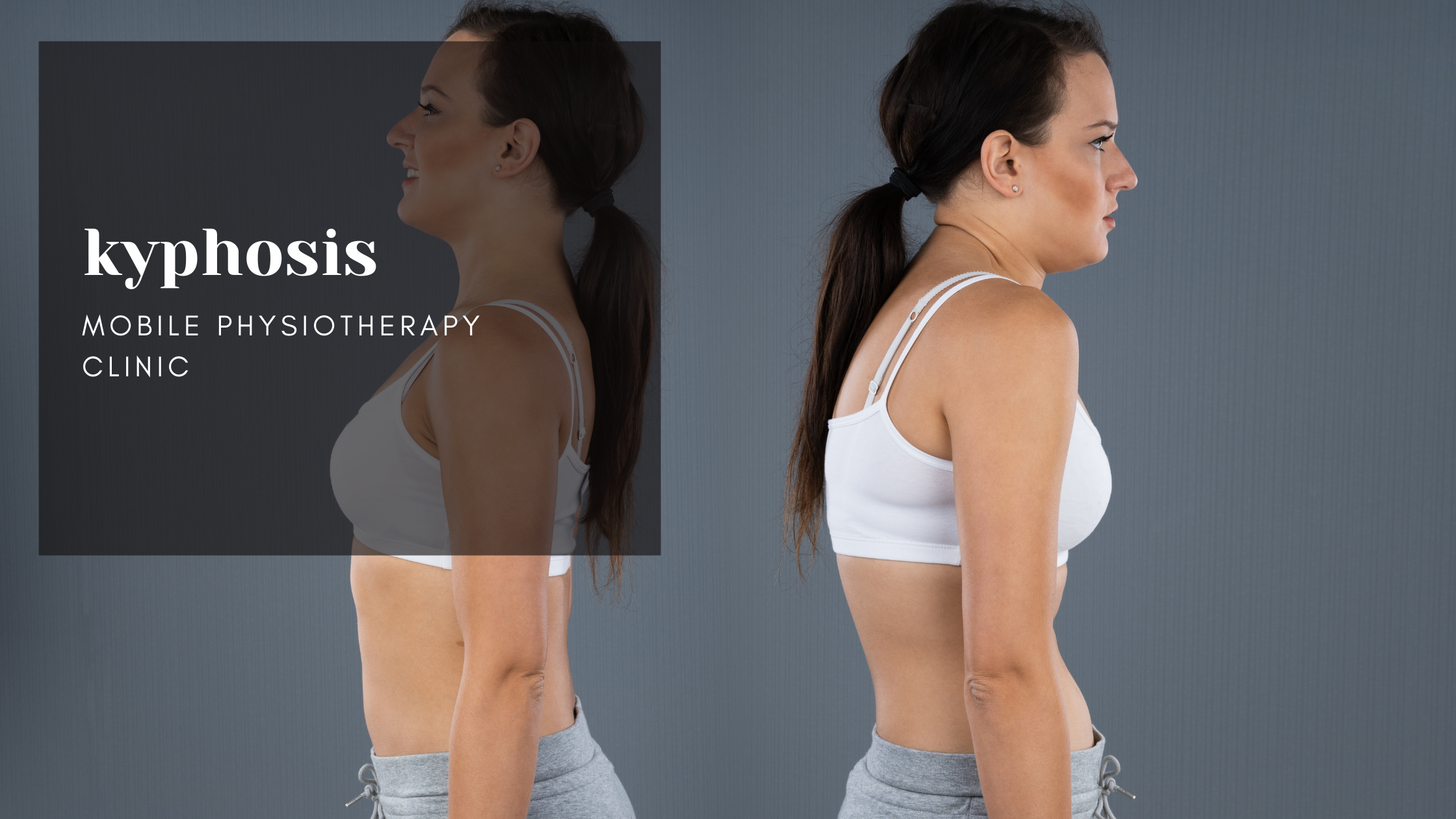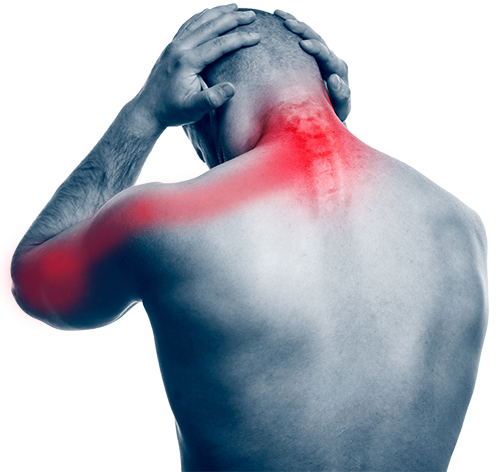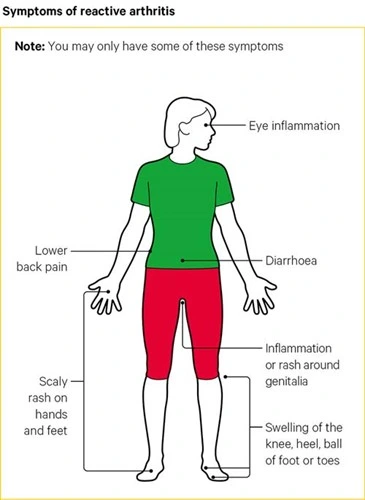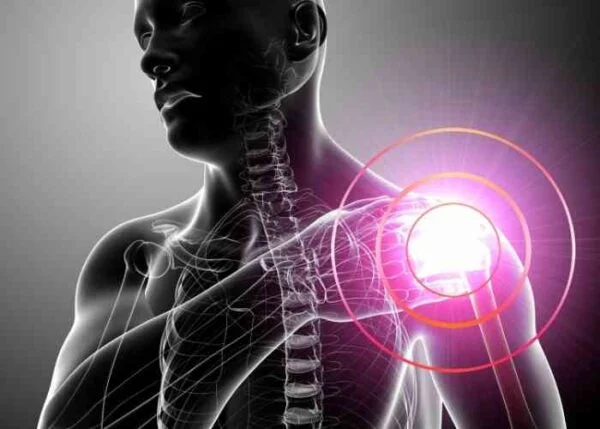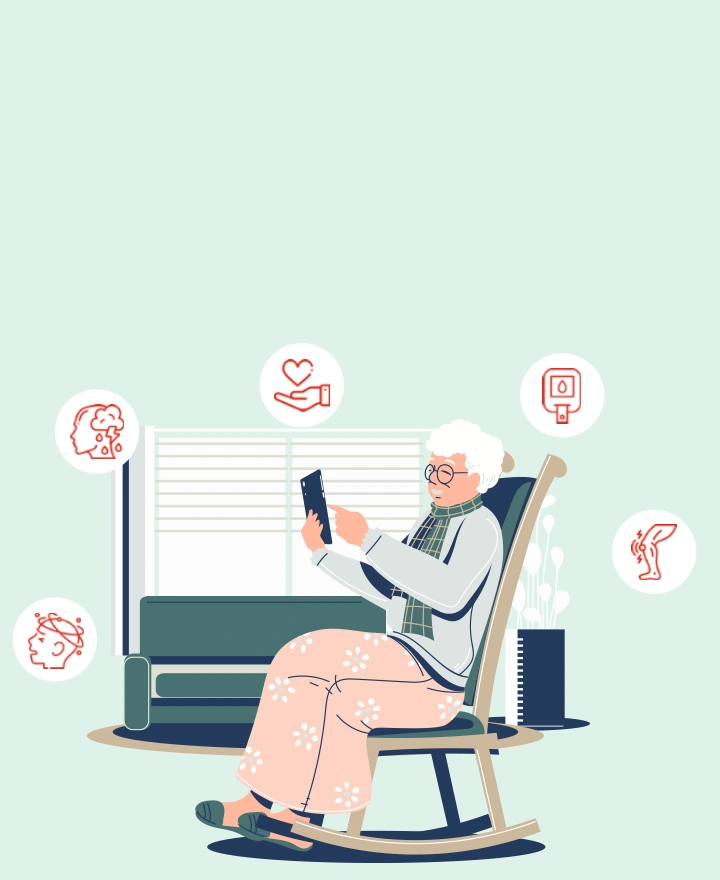What is kyphosis of the Spine ?
Kyphosis of the spine is a disorder which results in hunching and overstate forward rounding of the back. This excessive outward curvature is also called around back and in severe curves this pull of thoracic vertebrae is termed as hunchback.
Kyphosis can affect a person at any age but it is most common during adolescence.
In mild kyphosis patients don’t require treatment. It can be overhealed by wearing a back brace and doing some exercises but in severe kyphosis patients face chronic pain and stiffness and patients may need surgery to correct their postures.
Types of kyphosis of the Spine and its causes
Our vertebral column is classified in three sections: cervical vertebrae, thoracic vertebrae and lumbar vertebrae. In the middle section i.e thoracic vertebrae are more curved than normal then this curvature of spine is termed as kyphosis.
Kyphosis is of three kinds depending upon symptoms –
- Postural kyphosis
- Scheuermann’s kyphosis
- Congenital kyphosis
Postural kyphosis
Mild kyphosis which doesn’t harm but looks more curved than the usual or natural curve i.e hunch of the back caused by poor postures can be termed as postural kyphosis. Because of slouching too much the muscles and bones of our body get used to being hunched over. It can be controlled by improving our posture, like standing erect. Slouching too much can cause postural kyphosis.
Leaning back in chair and carry heavy school bags can cause Stretch in the muscles and ligaments resulting exaggerated forward rounding of the back called kyphosis.
Scheuermann’s kyphosis
When the front edge of the vertebrae doesn’t grow as fast as the back edge of vertebrae then the vertebrae form a wedge shape and spine curves itself making the haunching of the back this is termed as Scheuermann’s kyphosis. It causes a rounded hunched back as well as back pain. It is severe kyphosis which involves the lumbar spine i.e the lower section of the vertebral column. Physical therapy and orthopedist examination can treat the patient influenced by this type of kyphosis.
More severe than postural kyphosis specially in people below average weight. Rigid and not flexible curve sometime painful more common in boys than girls.
Congenital kyphosis
This kyphosis is diagnosed at birth and this happens when a spinal column of the child fails to develop itself properly in the womb and vertebrae fuse together in spite of separating itself. This severe kyphosis is usually treated surgically.
Severe and painful, get worse as a child grows, Needs typical surgery.
Symptoms of kyphosis of the spine
Symptoms vary depending on types of kyphosis but the most common symptom is a rounded soldier and a visible hunch on the back.
Rather than these symptoms the exaggerated curve lead to
- Rounded shoulder
- A visible hunch on the back
- Difficulties in standing erect
- Mild back pain
- Difficulty in daily activity
- Differences in soldier height
- Head bends forward
- Difficulties in breathing
- Weakness and stiffness
During mild kyphosis symptoms are normal but as the kyphosis becomes severe the symptoms change. Severe kyphosis can cause loss of sensation, changes in bowel or bladder habits and weakness, numbness or tingling in the legs.
What happens during kyphosis of the spine
Kyphosis is the result of a disorder in our vertebral column due to which a hunch appears on our back and it damages our postures.
Our spine is categorised in three segments i.e cervical spine, thoracic Spine and lumbar spine.
Cervical spine and lumbar spine has a natural curvature which when viewed from the side looks like a C shaped curve similarly thoracic spine has the reverse C shaped curve. This natural curve of the spine helps to stand upright and is also important for balancing our body. When this curved bends more than usual it results in difficulties in daily activities even while standing straight and also affects our body postures.
Excessive curve of neck and lower back i.e cervical spine and lumbar spine causes lordosis and excessive bending of reverse C shaped curve i.e thoracic spine causes kyphosis.
Treatment for kyphosis of the spine
Treatment can be surgical as well as non surgical depending upon types and condition of kyphosis. In mild kyphosis like postural kyphosis non surgical treatment can heal the patient. Congenital kyphosis will require surgical treatment. the thoracic spine has normally a curve of 20 to 40 degree and when this curve expands it causes kyphosis.
Scheuermann’s kyphosis with a curve more than 75 degree requires surgical treatment. In case of severe back pain even after trying non surgical treatment then surgical treatment is required. Non surgical treatment consists of observation, physical therapy, non steroidal anti inflammatory drugs which help patient to relieve back pain, bracing and so on. Surgical treatment motive is to reduce the degree of curve.
Conclusion
Kyphosis of the spine can be controlled by correcting our body posture. If kyphosis is diagnosed early, patients can be treated non surgical. A kyphosis patient needs regular monitoring by an Orthopedist.

